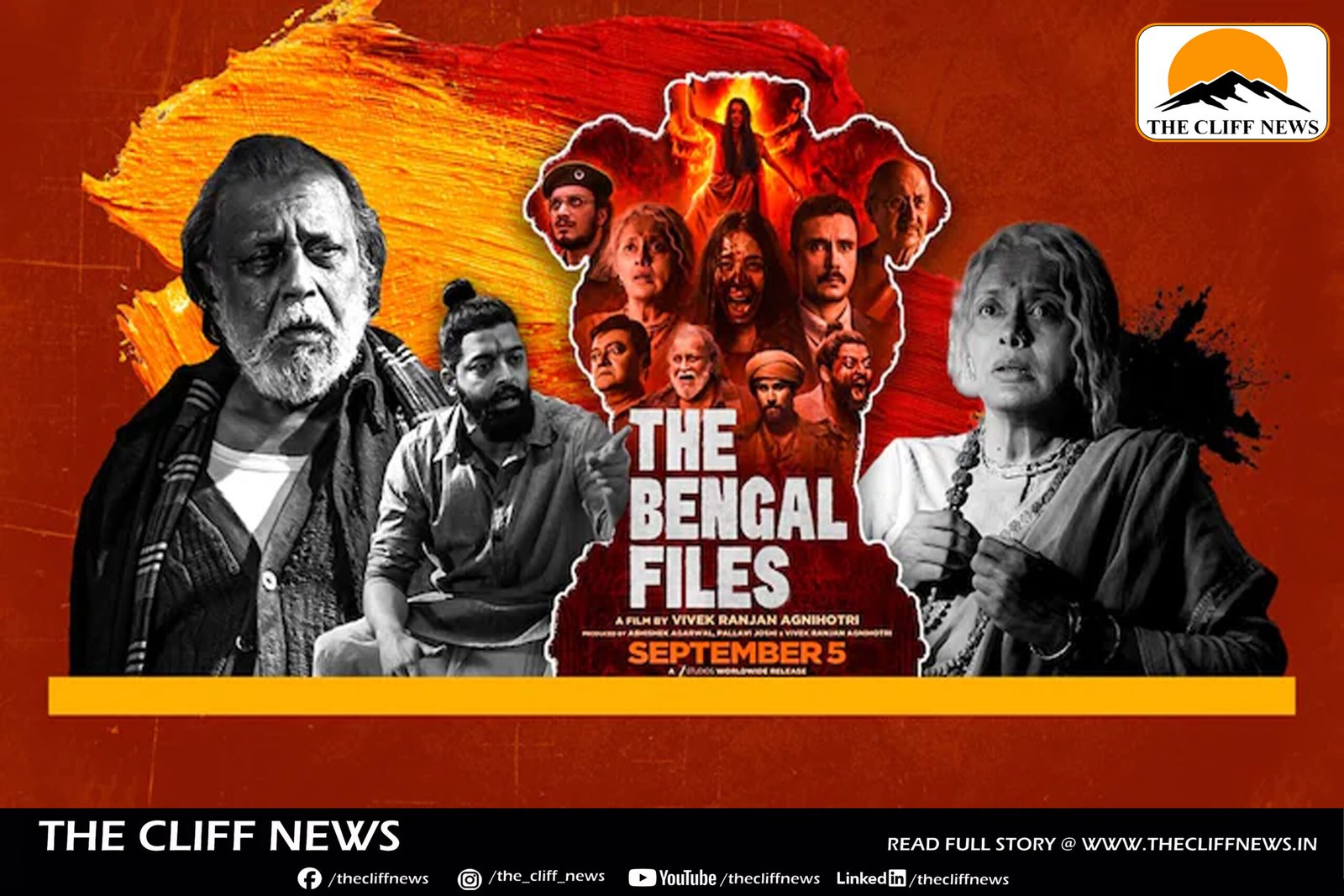By [Your Publication]
After the sweeping success of The Kashmir Files, director Vivek Agnihotri returns with another politically charged narrative in The Bengal Files, a film that seeks to connect Partition-era politics with present-day allegations of minority appeasement.
Storyline
The film follows IPS officer Shiva Pandit (Darshan Kumar, reprising his role from The Kashmir Files), tasked with investigating the disappearance of a tribal girl in Murshidabad. His probe runs into resistance from local MLA Sardar Hussaini (Saswata Chatterjee), whose political dominance is protected by what the film portrays as decades of minority appeasement rooted in Partition politics.
Shiva’s confrontation with Hussaini brings to the surface buried memories of Partition violence, narrated by Bharti Banerjee (Simrat Kaur/Pallavi Joshi). Her testimony links past suffering to contemporary politics of vote banks, illegal migration, and community polarisation.
Performances and Symbolism
Darshan Kumar leads with a grounded performance, while Saswata Chatterjee delivers a menacing turn as the power-hungry MLA. Pallavi Joshi provides emotional heft, and Namashi Chakrabarty makes an impactful debut alongside his father Mithun Chakraborty, whose cameo underlines the ideological thrust.
Agnihotri employs the motif of “Mother India” as a recurring symbol, drawing a direct line between Partition wounds and current debates on national identity.
Narrative Choices and Criticism
- The film is unapologetically one-sided, portraying the Congress as weak, the British as absolved, and the Hindu Mahasabha as saviours.
- Gandhi is reimagined through a controversial, almost satirical lens, with Anupam Kher reducing him to a helpless caricature.
- Violence is shown in graphic detail, with decapitations and riots portrayed in ways rarely permitted on Indian screens — raising questions about the CBFC’s leniency.
Blind Spots
Agnihotri’s gaze largely omits the ordinary Muslim household devastated by Partition violence, instead casting blame on the entire community for the actions of leaders like Suhrawardy. The film also takes liberties with historical detail, such as Suhrawardy addressing young Mujibur Rahman as “Mujibur” instead of “Mujib,” and Hussaini’s son aspiring to be “the first minority PM” — overlooking the tenure of Manmohan Singh.
Verdict
At three hours, The Bengal Files is emotionally charged, dramatically staged, and ideologically unrelenting. For its supporters, it will be seen as a bold truth-telling exercise. For its detractors, it is an exercise in selective history, emotional manipulation, and communal provocation.
Either way, Agnihotri has sharpened his craft, raised the stakes, and ensured that this film, like its predecessor, will remain at the centre of India’s cultural and political debate.



